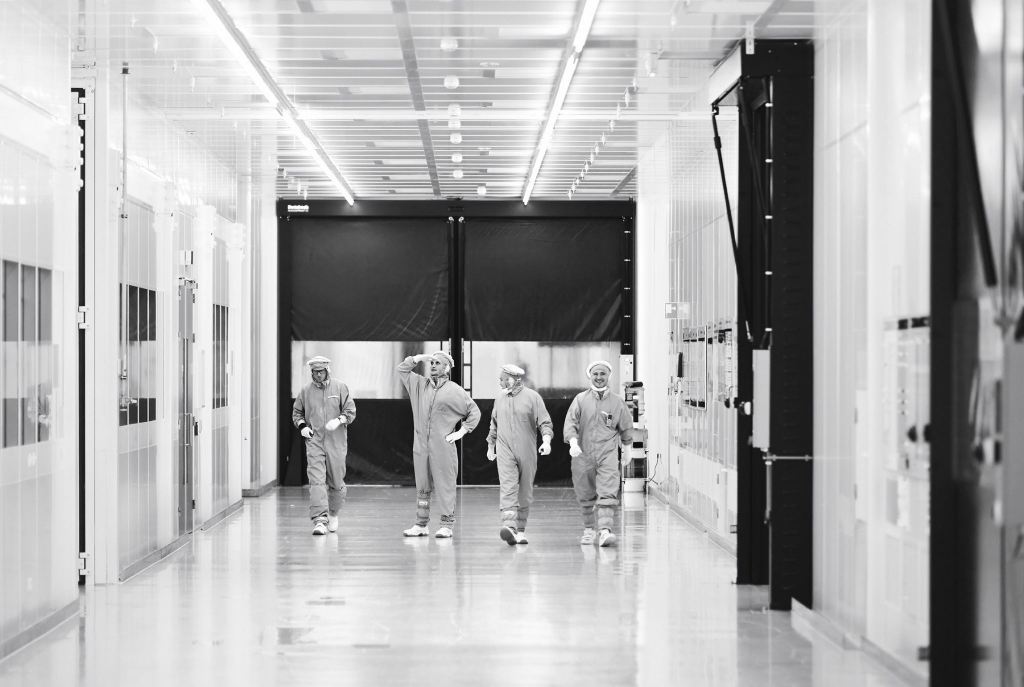
Equipped with 3D glasses, the representatives of the National Technology Pact – Techniekpact – stare at a screen. On the display at the Experience Centre of chip equipment manufacturer ASML, a video explains how the lithography technique really works. Through the glasses it seems like every part hovers in a vacuum before the group. Meanwhile, a gang of school kids runs by, laughing and screaming.
At the initiative of ASML, the members of the pact are given a tour through the building. Nobody really bothers about the kids. On the contrary: “In fact, they are the most important part of our industry”, says Doekle Terpstra.
Since Terpstra took office in May 2014 as the driving force for the National Tachnology Pact, a lot has already been achieved, he says. “We have brought about change in the minds of people.” Technology is no longer seen as a job for the past, but an important branch of the future. But perhaps even more important: “We have achieved massive influx of students.”
On the scientific level that influx has already become so big that the four Dutch universities of technology almost can’t handle it anymore. The TU Eindhoven announced enrolment quota last year for four bachelor’s programs.
It’s a problem that can be solved easily, according to the universities. In a joint appeal to government they advocate for more money. They want to have investments rising to 450 million euros per year.
“Money is a means, not an end.”
Terpstra doesn’t believe in just asking for euros: “Money is a means, not an end. The universities should especially show that they can be creative and find solutions by working together.” And if there is extra money, then it should first go to MBO and VMBO schools. “At the MBO level a shortage of around 2,500 teachers is expected, and the country has more and more places where hardly any lessons in technology at VMBO level are being taught. For example, in the province of Noord-Holland this is already the case.”
Terpstra calls for scaling up and expanding the technology pact to confront the looming deficits. The new cabinet should turn the Pact into an agreement, similar to the energy agreement. “This way, we can generate more traction for technical education and for more technicians in the labor market.”
The primary schools should pay more attention to technology as well, Terpstra says. Because, despite the massive influx, the Research Centre for Education and Labour Market expects that demand for engineers in 2020 will be twice as high as supply. “My goal is that every child in primary school already gets to know about the possibilities of technology.”
And for that matter, ASML leads by example. The company’s Experience Centre is filled with classes that playfully learn about technology day after day. In total, some 15,000 children each year visit the Centre. Nevertheless, the chip machine makers still have to make some progress: only 13 percent of their employees are women.
Photo Norbert van Onna


